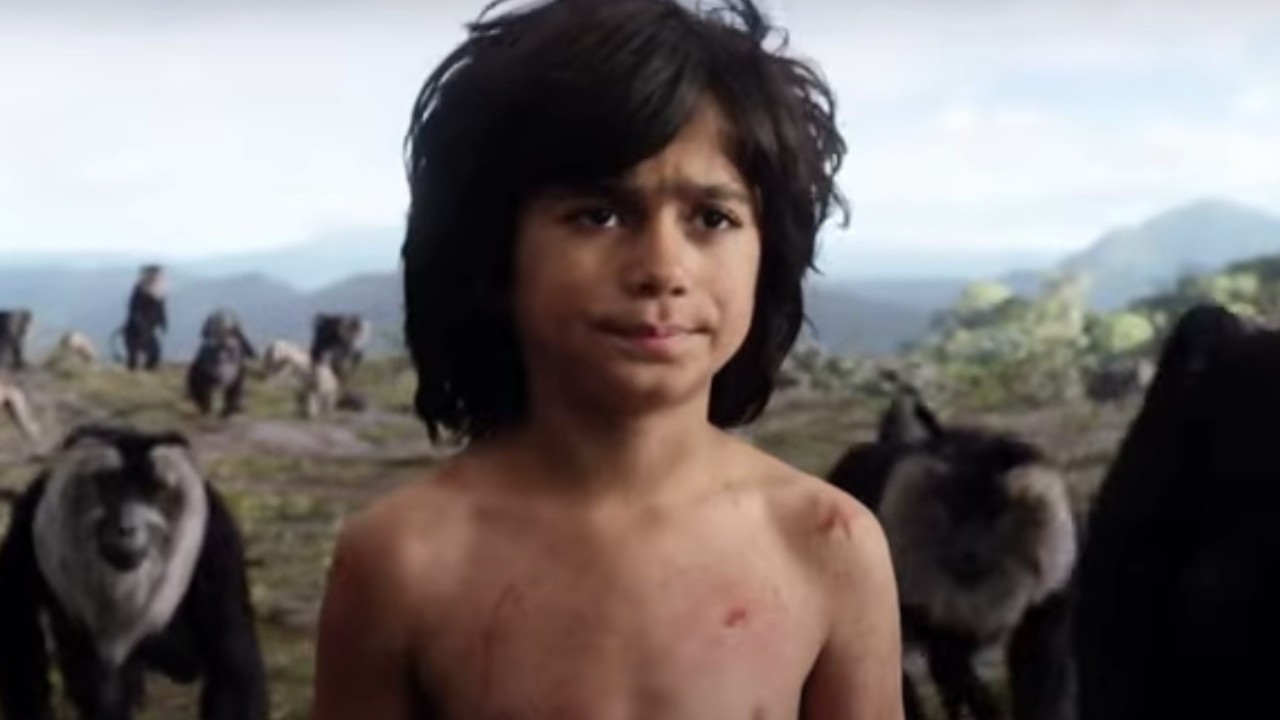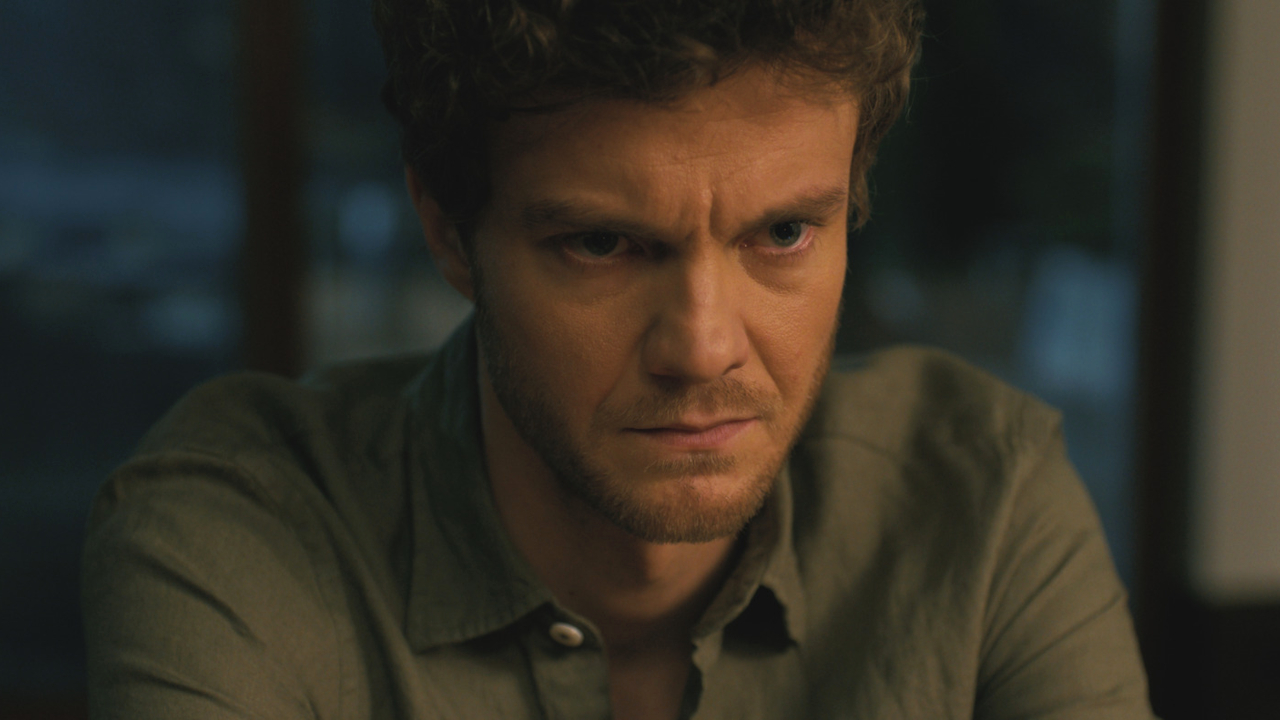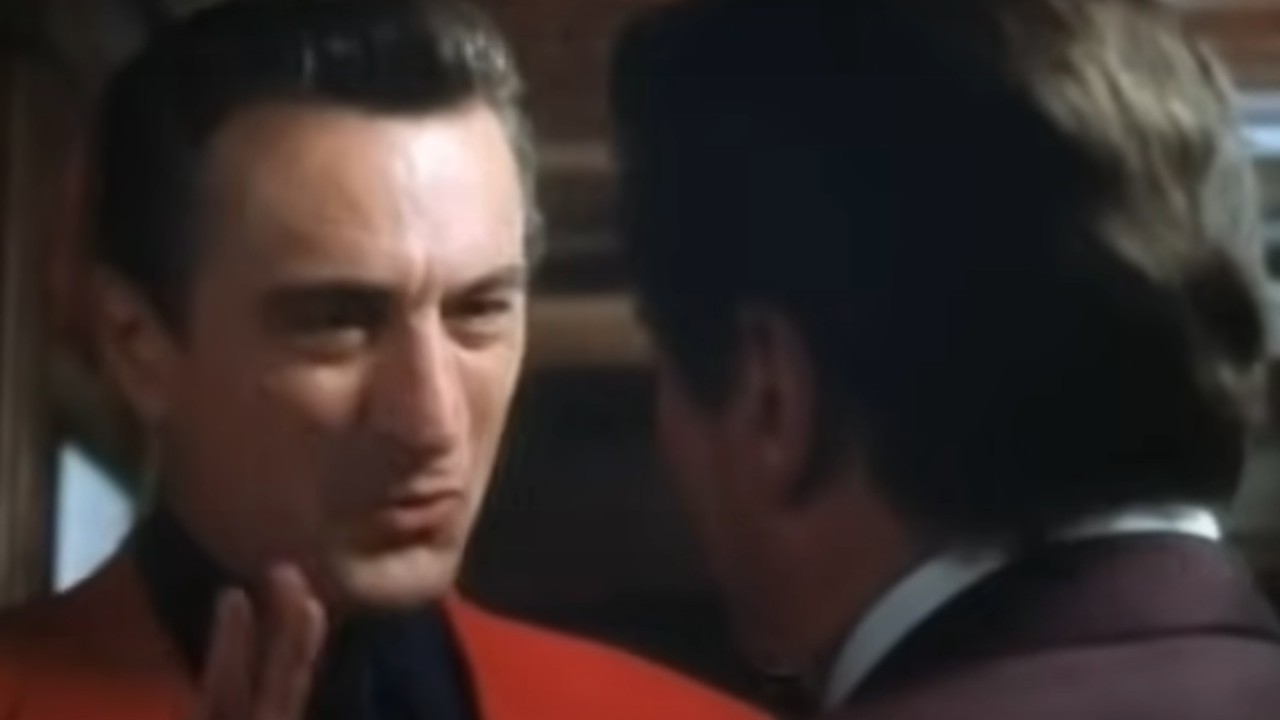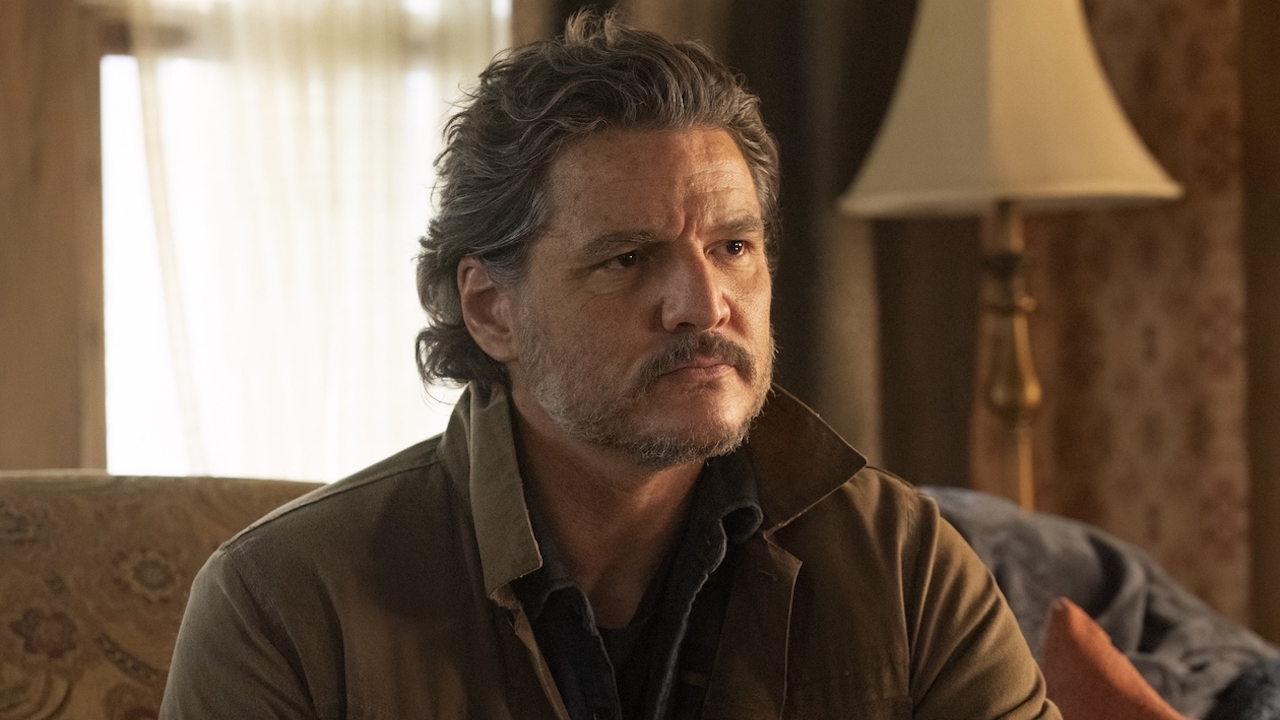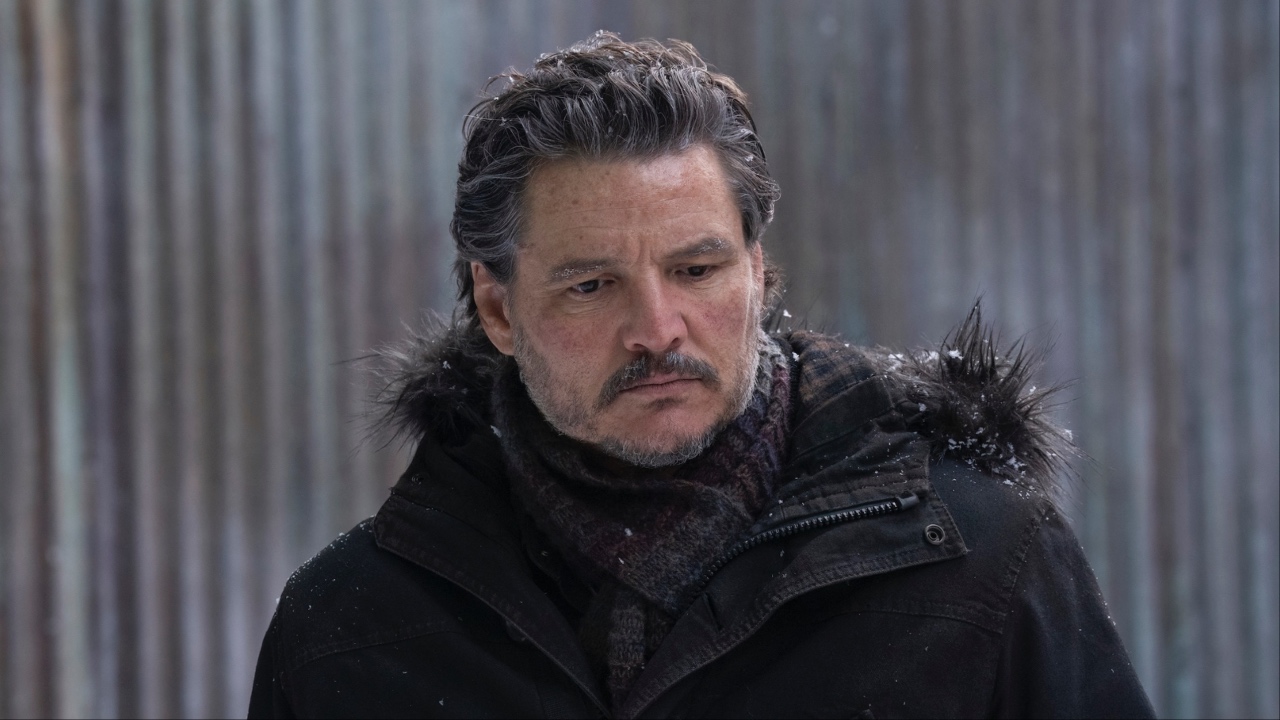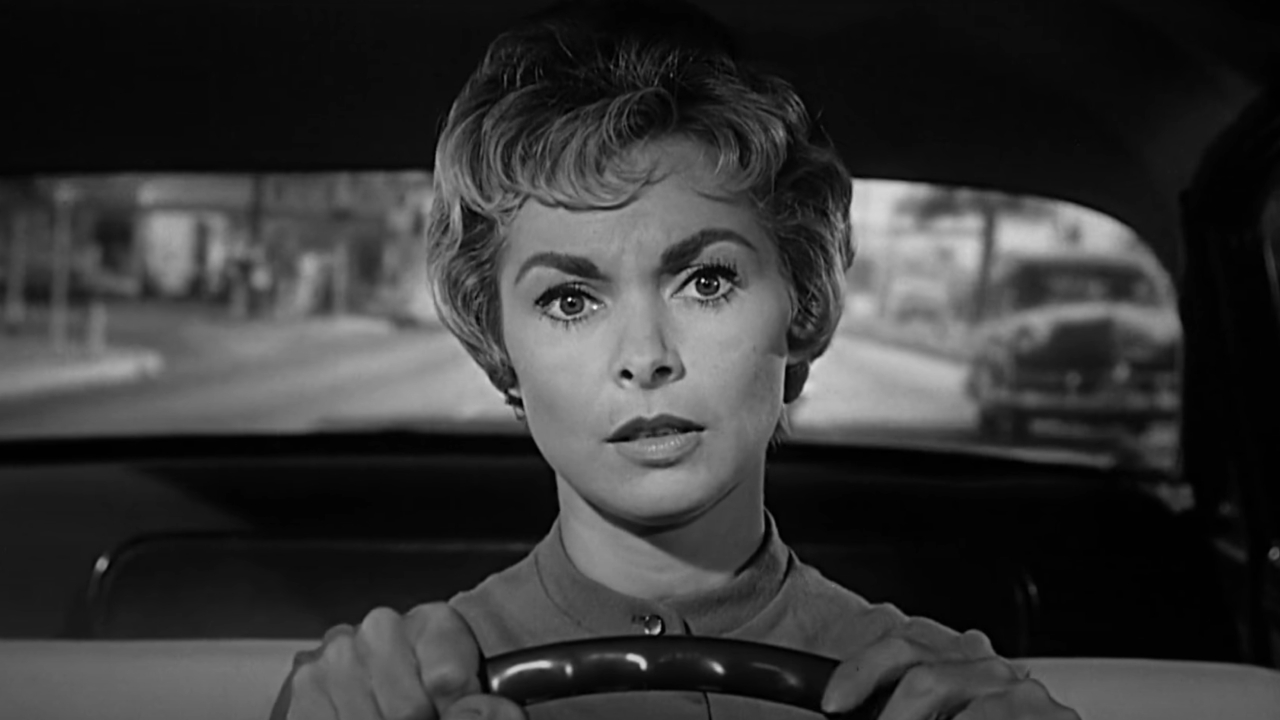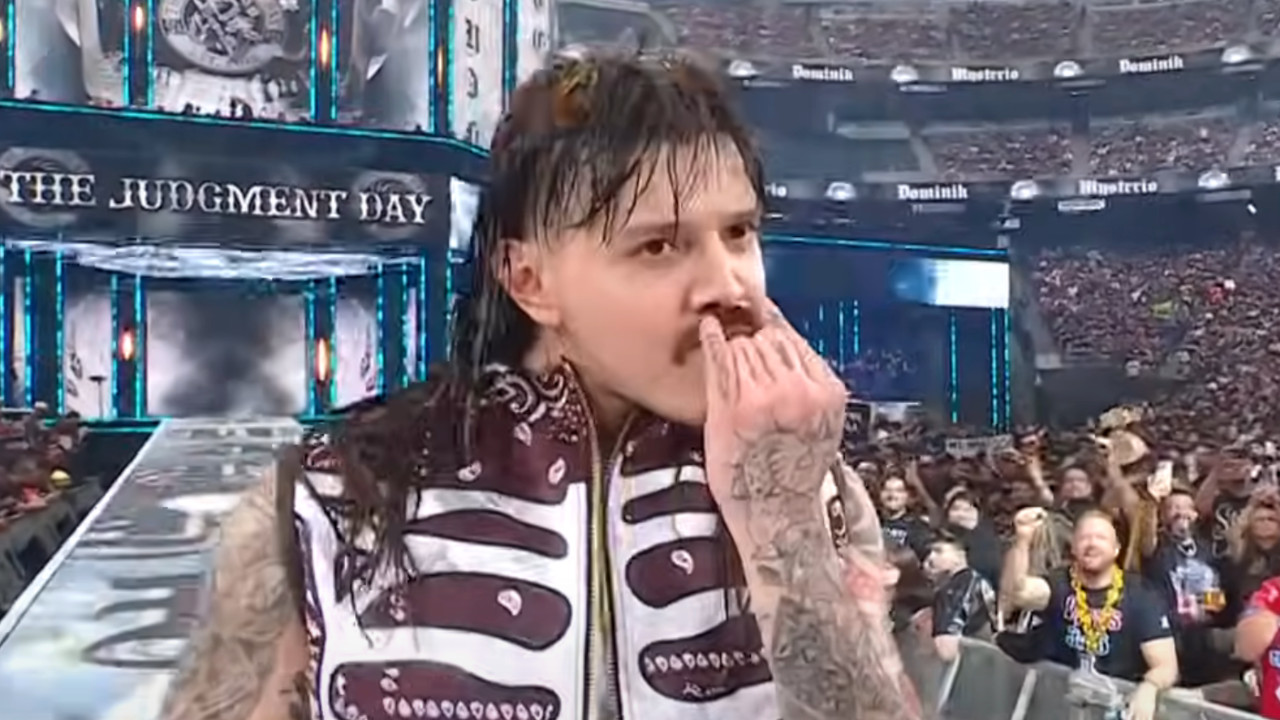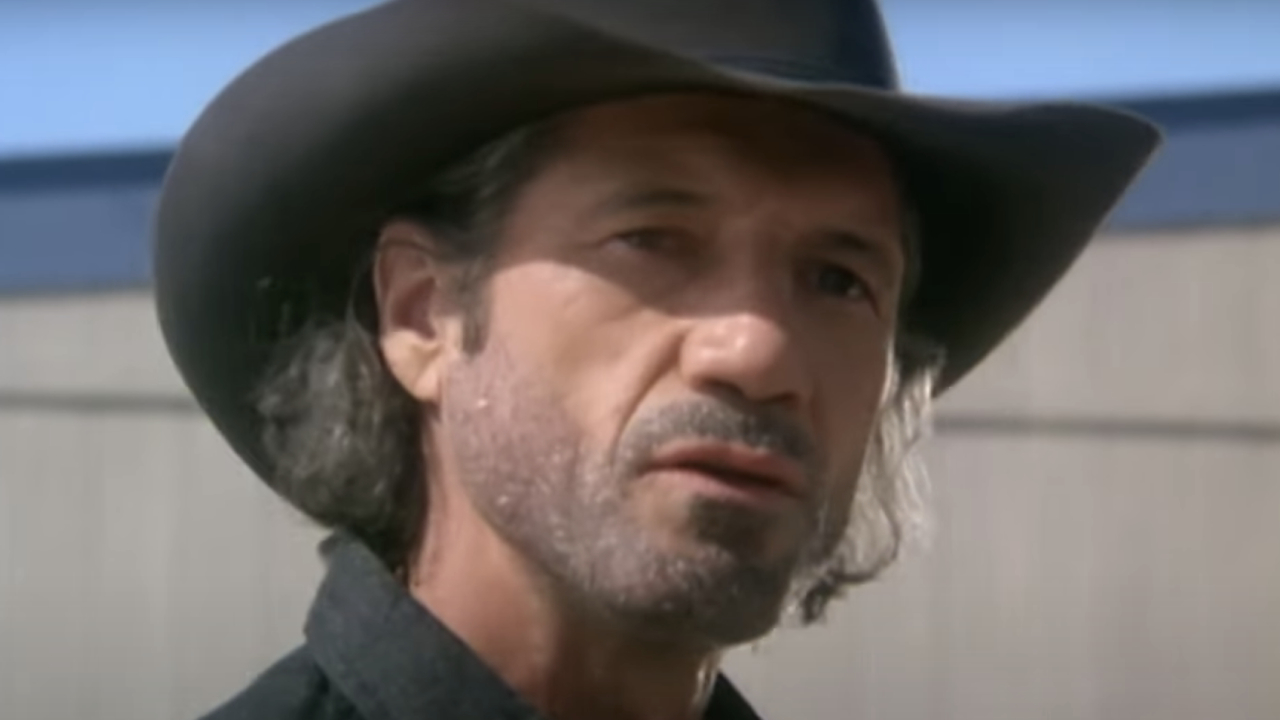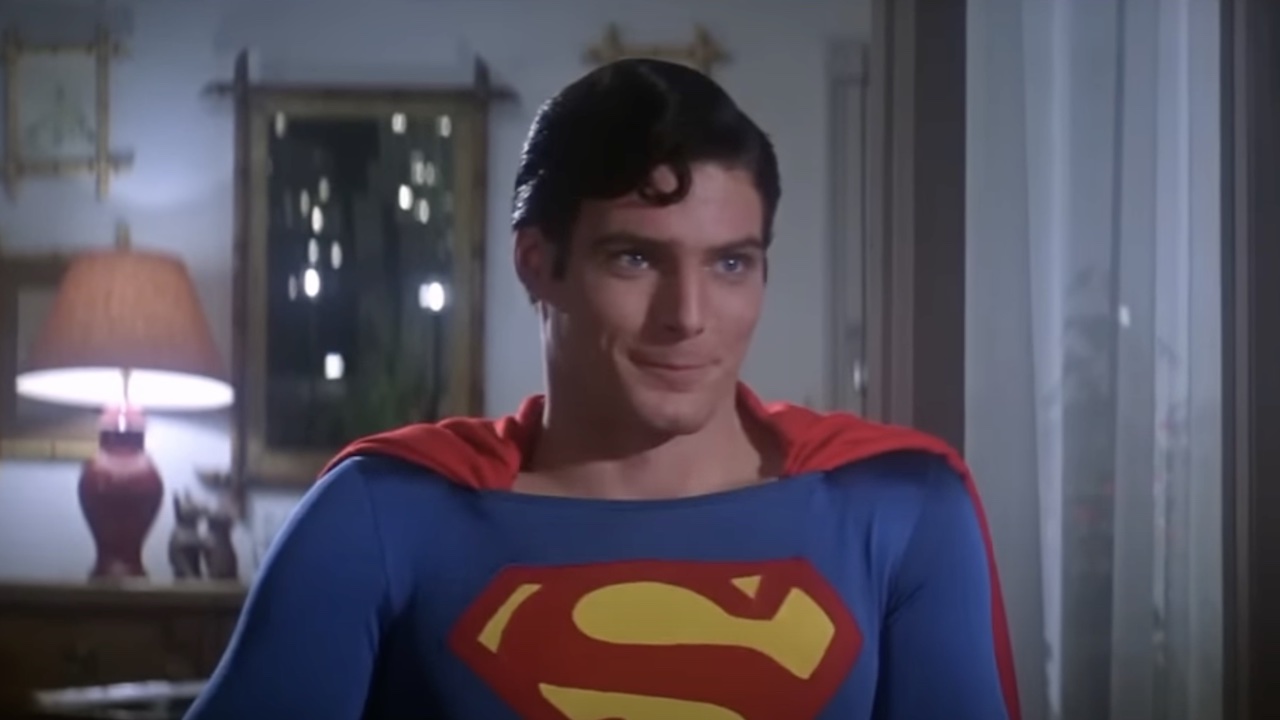Adapting Stephen King's The Shining: The 1997 TV Miniseries Reenvisions The Overlook Hotel
It's hard to be compared to one of the greatest horror movies of all time.
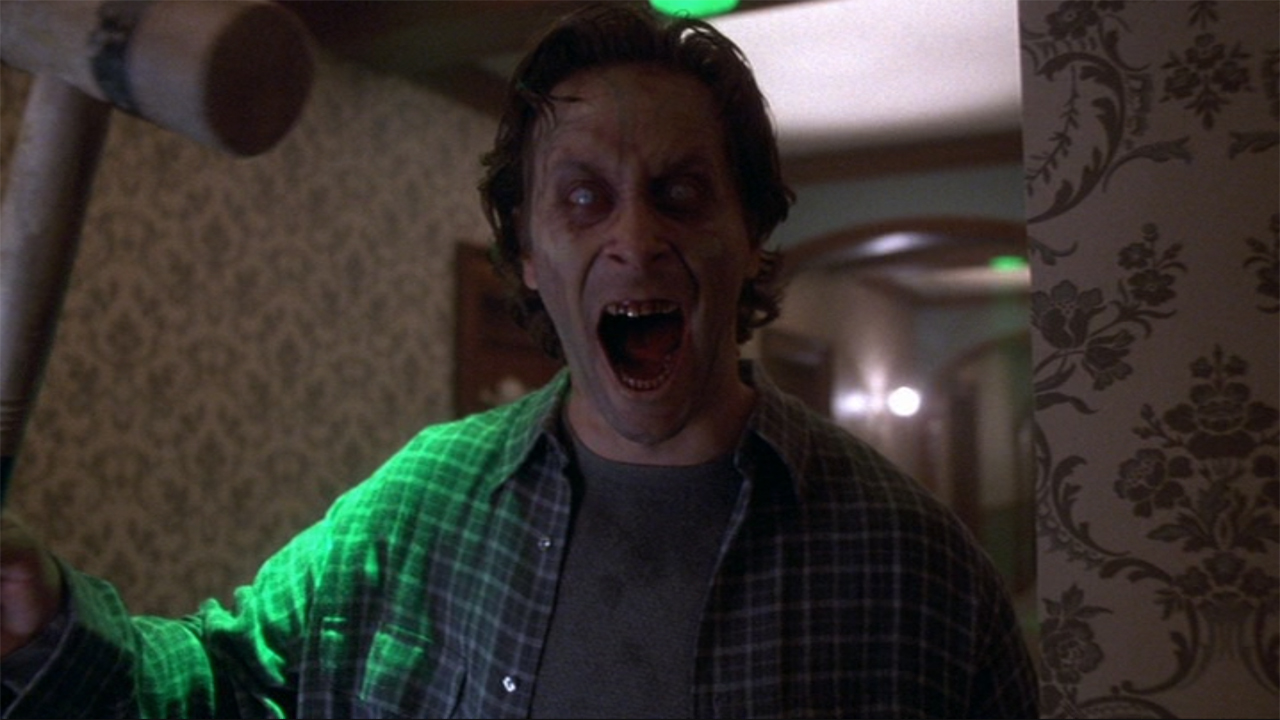
By the late 1970s, Stephen King could already see the immense potential that existed in a relationship between his books and Hollywood. On top of the fact that the author was a lifelong cinephile, Brian De Palma’s Carrie was a hit when it arrived in theaters in 1976, and it marked an overwhelmingly positive introduction to the world of live-action adaptations. King went as far as to envision his own cinematic take on the Torrance family’s fateful winter at the Overlook Hotel, writing his own screenplay for a feature version of The Shining… but it never got the chance to see the light of day. When Stanley Kubrick came aboard the developing production, the legendary filmmaker made the decision to move forward with his own script.
The rest is notorious history. While 1980’s The Shining follows the majority of major story beats in Stephen King’s book, it also deviates from the source material in substantial ways – and the author was not overwhelmingly shy when it came to voicing his opinions on the changes. The film is now widely hailed as a masterpiece, but King took particular issue with the tonal alteration in the third act (explosive heat being traded for cold and ice) and the renderings of Jack and Wendy Torrance. Having not seen his novel on screen, the writer maintained a hope that someday a more faithful adaptation could be made.
What made this dream come true was the spectacular miniseries boom of the 1990s and the success of Tommy Lee Wallace’s IT and Mick Garris’ The Stand. By the middle of the decade, ABC had developed a powerful hunger for Stephen King on the small screen, and while there was no questioning that the idea of remaking The Shining was controversial, King was aligned in a powerful position. Not only could he get the greenlight from the network to develop a three night television event based on the beloved book, but he was repeatedly able to go over the heads of Standards & Practices when they complained about depictions of domestic abuse and children in peril.
This isn’t to say that there weren’t substantial hurdles. According to Scott Von Doviak’s Stephen King Films FAQ, Stanley Kubrick and Warner Bros. held the remake/sequel rights to the property, and permission was only given for the miniseries in exchange for a significant-but-undisclosed amount of money and two conditions being followed: the new adaptation could not be released on home video, and King had to stop publicly talking about the 1980 film. Additionally, casting Jack Torrance proved immensely difficult due to the pressure of following Jack Nicholson’s iconic performance, and Steven Weber was only brought aboard less than a week before the start of principal photography.
Twenty-four years after The Shining miniseries originally aired, it remains deep in the pop culture shadow of its predecessor, and nothing will ever change that. That in mind, allow this week’s Adapting Stephen King be a spotlight that illuminates an accomplishment that is far too regularly dismissed.
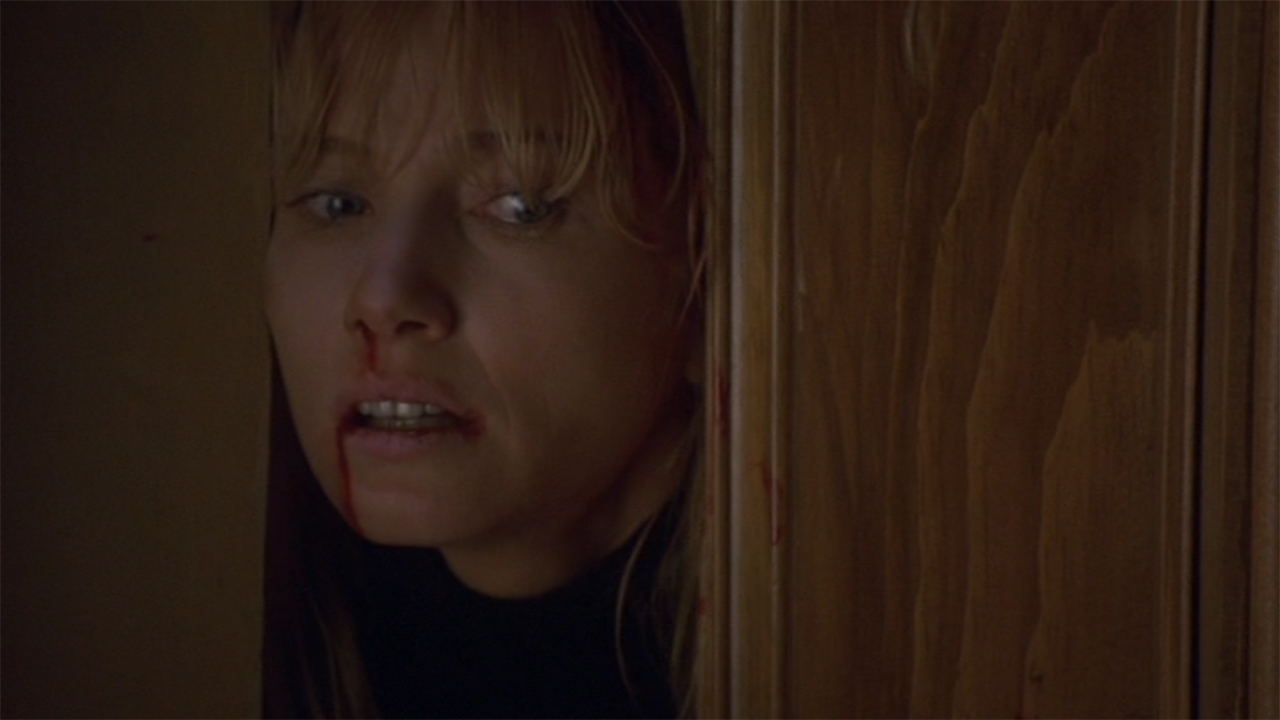
How Mick Garris’ The Shining Differs From Stanley Kubrick’s The Shining
Normally this is the segment of this column that is dedicated to recounting the history, themes, and plot of Stephen King’s original work… but The Shining miniseries being a remake changes things. All of those key details can be found in my features about the Stanley Kubrick movie – which opens up this space to discuss the ways in which the 1997 adaptation differs from the 1980 film in terms of narrative, character development, and tone.
Being about two hours longer than its theatrically released counterpart, The Shining miniseries has a lot more real estate to work with in adapting the novel, and with that expanded runtime Stephen King includes elements from the source material that were not even changed by the film, but instead cut out completely. This includes material like Jack Torrance (Steven Weber) giving what he believes is a dead wasp nest to Danny (Courtland Mead) – only later discovering that the hive of massive insects isn’t gone after all. Also restored is the journey that the caretaker goes on with his writing project during the stay at the Overlook, as he goes from working on a play to developing a book that will serve as an expose about the hotel’s seedy history and the former owner, Horace Derwent (John Durbin).
CINEMABLEND NEWSLETTER
Your Daily Blend of Entertainment News
Many of the changed plot elements are also reverted – the most significant being the looming threat that is the Overlook Hotel’s massive boiler. It’s established in the very first scene that one of the caretaker’s key responsibilities is releasing steam pressure from the machine every night in order to prevent an explosion. This is established to set up events in the story’s climax, as the only thing that the evil spirits want more than Danny’s powerful psychic gifts is to protect the safety of their home. The young boy is able to get away from his psychotic father’s swinging croquet mallet (not an axe) at the end because he is the only one who remembers that the boiler is being pushed into the red zone.
Other notable restorations in the Shining miniseries include the return of the moving topiary animals (no more hedge maze); the fact that Danny’s imaginary friend Tony (Wil Horneff) is actually a psychic vision of his future self; and the survival of Dick Hallorann (Melvin Van Peebles), who gets hit in the head with the aforementioned mallet but is able to recover and get both Danny and Wendy (Rebecca De Mornay) to safety while Jack deals with the boiler.
Lastly, there is Stephen King’s job providing dimensions to Jack and Wendy Torrance that he didn’t feel were properly represented in Stanley Kubrick’s The Shining. The author was critical of Jack Nicholson’s performance because he felt that the performance didn’t showcase enough of the character’s emotional arc – merely going from “crazy” to “crazier.” This is something the small screen adaptation works hard to fix, as while Jack from the start clearly has anger issues and is an admitted alcoholic, he is still a loving father who is trying to do better (the Overlook obviously has other plans).
With Wendy, it’s a case of restoring the character’s agency. Stephen King had zero appreciation of Shelly Duvall’s performance (notably saying she’s “just there to scream and be stupid”), and he was deliberate in his casting of Rebecca De Mornay as a more empowered incarnation. She is still a victim of her husband’s mounting mental breakdown, but she is also in firm control of her emotions at all times and pushes back against the return of Jack’s bad habits – including his vicious temper and propensity for chewing on aspirin (which he did to cure hangovers prior to his sobriety).
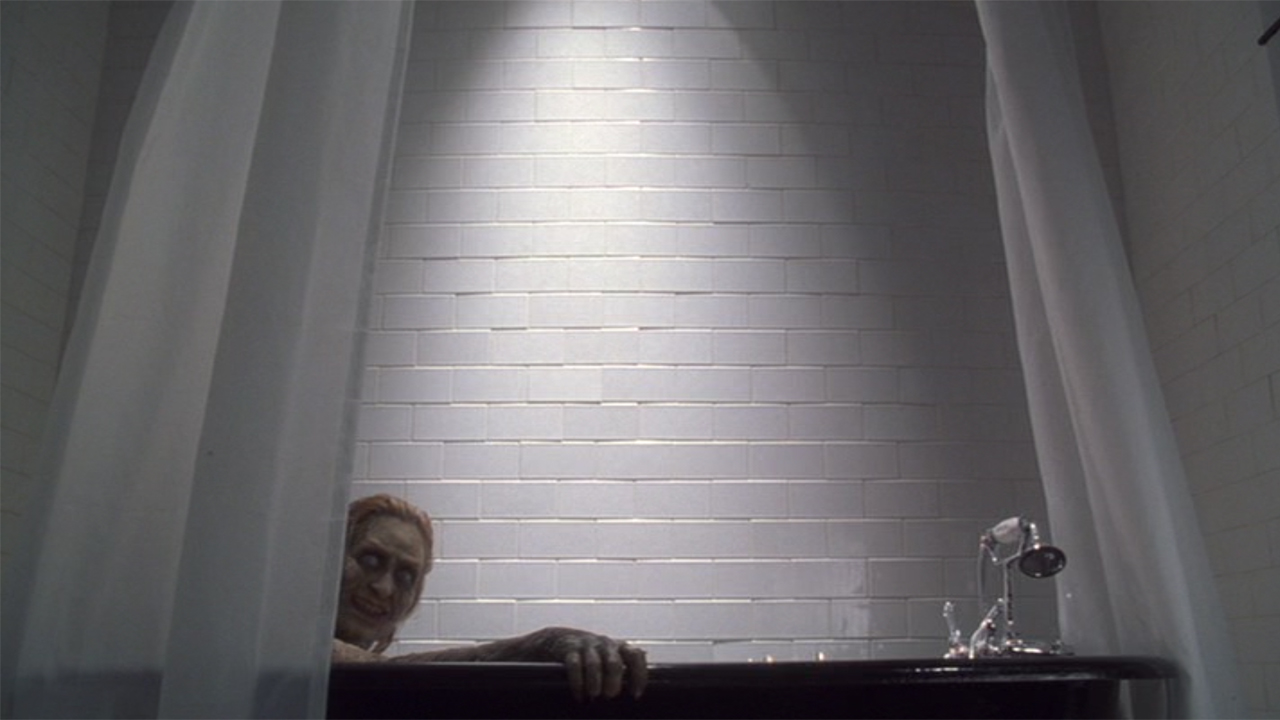
How Mick Garris’ The Shining Differs From The Book
Given that the entire point of the Shining miniseries was to create an adaptation that honed closer to the novel, it shouldn’t be a massive surprise that there isn’t much in it that doesn’t originate from the book... but it’s not a perfect facsimile. There are a couple of alterations and additions.
For example, the miniseries doesn’t include the terrifying incident in the book that scares Jack Torrance into sobriety (involving him driving drunk with his best friend, Al Shockley, and seemingly hitting somebody with his car). What the second live-action version of the story does include, however, is Jack attending Alcoholics Anonymous meetings – which is something that Stephen King didn’t personally know about in the late 1970s, hence its exclusion from the story.
The far more significant alteration that Stephen King made to his own book is what could be called the epilogue of the miniseries – which sees the writer make a bit of an over adjustment as far as trying to protect and redeem Jack Torrance. In addition to the adaptation having Jack essentially overcome the corrupting spirit within him, making it basically his choice to let the Overlook explode, the emotional moment at Danny’s high school graduation is also new (including his vision of his father cheering him on in the crowd).
Also invented for the small screen is the final beat, which teases that a developer has purchased the grounds of the Overlook Hotel and has plans to restore it to its original glory – the construction project given the tagline “Greatness should not be allowed to die.” It’s an ominous tease of the future, but it should be noted that Stephen King ultimately decided not to bring the Rocky Mountain lodging back when he revisited the story of The Shining with the novel Doctor Sleep in 2013.
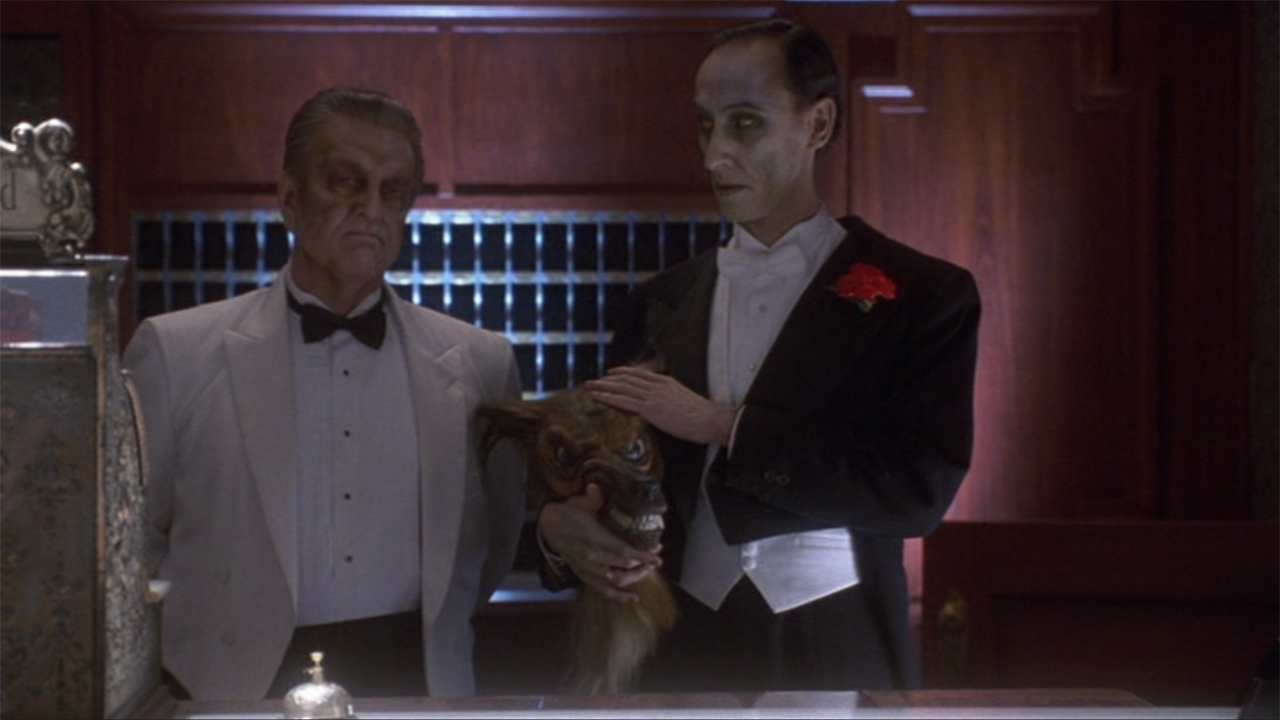
Is It Worthy Of The King?
There are multiple ways in which The Shining miniseries suffers in comparison to the 1980 film. Stanley Kubrick’s work is a phenomenal stylistic wonder that ceaselessly impresses regardless of how many times one watches it (it actually only gets better with repeat viewings), and it’s one of the most hypnotizing big screen efforts ever crafted. It’s a work of unfiltered vision from one of the true brilliant minds to ever work in the cinematic medium. On an aesthetic level, the two adaptations aren’t playing in the same ballpark – though there is an obvious explanation for this, and it bores out in the philosophy that led to the small screen version’s creation.
While Stanley Kubrick primarily connected with the psychological horror of the novel, Stephen King’s teleplay does what King does best: it lets the characters drive the story. 1997’s The Shining isn’t particularly compelling visually – save for its impressive make-up work and small collection of solid scares – but that’s because of the efforts to refocus the narrative on the protagonists’ human battle with inner demons and worst natures.
My appreciation for Steven Weber’s performance grows with every rewatch, as he is able to play Jack Torrance both with surprising nuance and scary aggression – spectacularly demonstrating range that shows the actor is much more than the goofy lothario he played on the sitcom Wings for eight seasons. I can’t say I have much appreciation for Courtland Mead’s far too precious version of Danny (the repeated “pictures in a book” line is like nails on a chalkboard in my brain), but Rebecca De Mornay’s version of Wendy is excellent when put side-by-side with the character as originally written by Stephen King (she was his first choice for the role when the project started developing, and watching her performance you can tell why).
The fact that Mick Garris’ The Shining was partially filmed at the Stanley Hotel in Estes Park, Colorado (the same location that famously inspired the original novel) further solidifies the special relationship between the adaptation and the book, and it ultimately reflects the production’s place in the legacy of King’s work in live-action. It’s an unabashed passion project for the writer, born out of his desire to see his beloved characters properly brought to life, and judged on its own merits is as successful as any of the great King miniseries of the era.
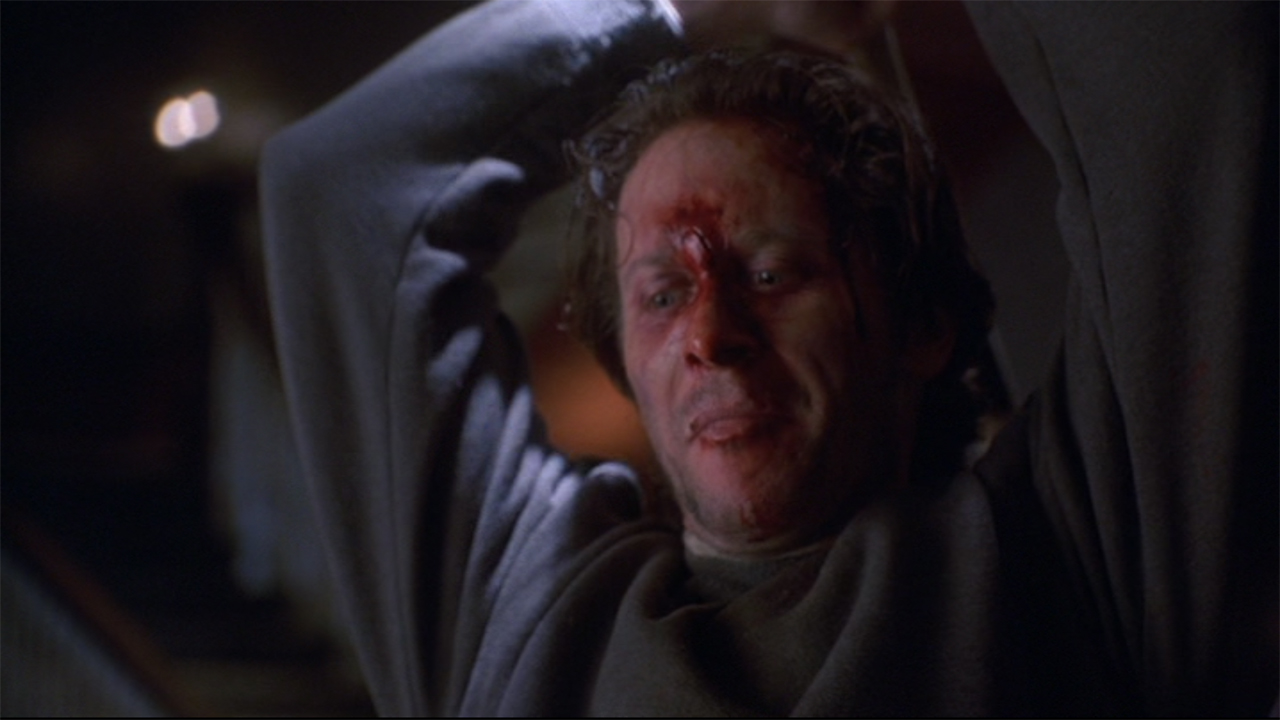
How To Watch Mick Garris’ The Shining
Evidence suggests that the deal that prevented The Shining miniseries from being available on home video ended when Stanley Kubrick died in 1999, as it was just a few years later that the adaptation first made its way on to DVD. From that information, however, you shouldn’t glean that it is easy to instantly acquire and watch. While there have been multiple DVD releases since that first one, making it easy to find from major retailers, it has not yet found its way into the HD age. Sadly, this means that it’s neither available on Blu-ray, nor available to stream on any subscription service.
Going all the way from April 1997 to May 1997, next week’s Adapting Stephen King will take a look at not only another small screen project, but another directed by Mick Garris. The two-part anthology Quicksilver Highway – featuring a segment based on the short story “Chattery Teeth” – will be under the microscope, and it will be in CinemaBlend’s TV section on Wednesday. For now, you can check out previous installments of this column by clicking through the banners below.







Eric Eisenberg is the Assistant Managing Editor at CinemaBlend. After graduating Boston University and earning a bachelor’s degree in journalism, he took a part-time job as a staff writer for CinemaBlend, and after six months was offered the opportunity to move to Los Angeles and take on a newly created West Coast Editor position. Over a decade later, he's continuing to advance his interests and expertise. In addition to conducting filmmaker interviews and contributing to the news and feature content of the site, Eric also oversees the Movie Reviews section, writes the the weekend box office report (published Sundays), and is the site's resident Stephen King expert. He has two King-related columns.
